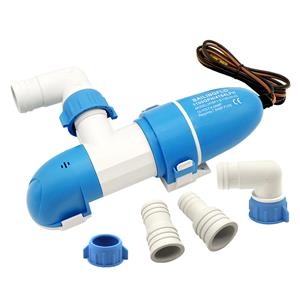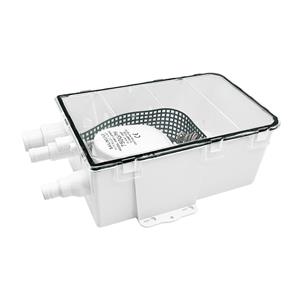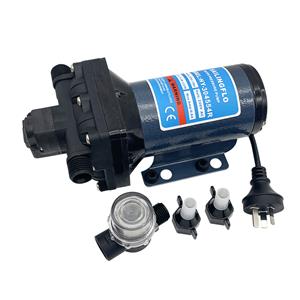- Home
- >
- News
- >
- Product News
- >
- Do you know when the pump first appeared? Let's learn the history of pumps together!
Do you know when the pump first appeared? Let's learn the history of pumps together!
The earliest pump appeared around 300 BC. Archimedes invented a pump called Archimedes screw pump, which is still produced by manufacturers today.
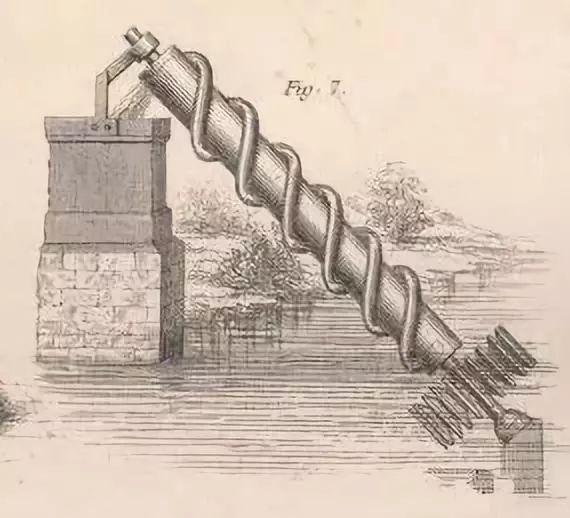
The pressure pump invented by the Greek Ctesibius (285-222 BC) is the most primitive piston pump. Mainly used to produce water column and lift water from the wellhead. (It is still preserved in ancient Roman ruins, such as in Silchester, England). In Chinese history, the square plate chain pump that appeared during the Northern and Southern Dynasties, as a chain pump (Chain pump), is an important invention of pump machinery.
In 1475, the Italian Renaissance engineer Francesco Di Giorgio Martini proposed the original model of the centrifugal pump in his paper.
In 1588, the Italian Agostino Ramelli published "Le Diverse t Artificiose Machine del Capitano Agostino Ramelli" (Le Diverse t Artificiose Machine del Capitano Agostino Ramelli) at his own expense. . (This book describes in detail many tools and machinery that have been successfully manufactured and become commodities two to three hundred years later). There are descriptions about chain pumps, water pumps, and sliding vane pumps.
Around 1590-1600, the gear pump was invented.
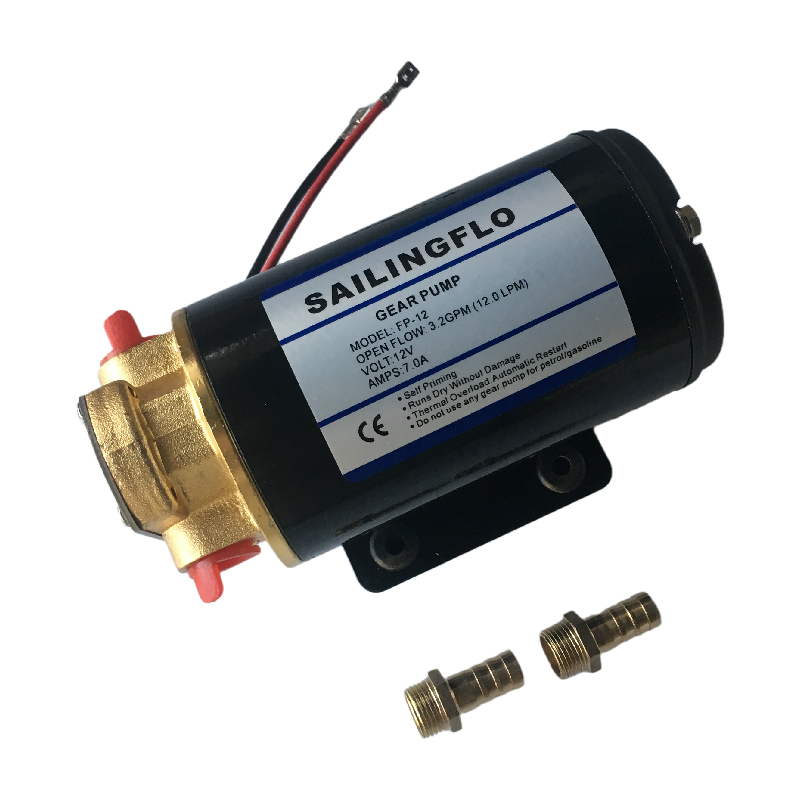
(gear pump)
In 1635, the German scholar Daniel Schwenter described the gear pump. In 1650, Otto von Glick, the mayor of Madenburg, Germany, invented the first air pump. After continuous improvement, the vacuum pump was designed in 1654.
In 1658, Irish chemistry, physicist Robert Boyle and British naturalist and inventor Robert Hook conducted air pump experiments.
In 1675, Sir Samuel Morland, the imperial mechanic of King Charles II of England, obtained a patent for plunger pumps. The pumps he designed and manufactured were used by many domestic industries, ships, and wells in the UK at that time. Drain the pond and extinguish fires.
In 1680, a simple centrifugal pump appeared in Jordan. In 1685, French physicist Denis Papin conducted a high-pressure experiment on air compression pumps.
In 1689, Dennis Papan invented a volute centrifugal pump with straight blades, and the curved blade was invented by the British inventor John Appold in 1851.
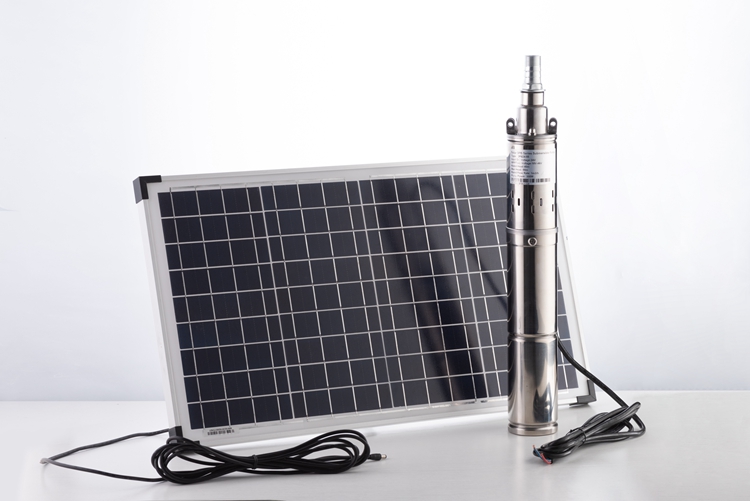
(solar screw pump)
In 1720, plunger pumps were used in the water supply system of the City of London.
In 1732, the British Gosset and Deville invented the diaphragm pump. In 1738, the Dutchman Daniel Bernoulli’s Hydrodynamique (fluid mechanics) was published, proposing Bernoulli’s law; in 1755, the Swiss Leonhard Euler wrote General principles on the movement of "Fluids" (General Principles of Fluid Movement) is published, and the basic equations and continuity equations of ideal fluids are proposed. Laid the theoretical foundation of centrifugal pump design.
In 1746, H.A. Wirtz designed a screw pump using Archimedes screw for lifting water. In 1768, William Cole improved and introduced chain pumps in the bilge of ships. In 1772, Swedish scholar Emmanuel Swedenborg proposed a mercury vacuum pump design.
Around 1781-1782, the invention of the rope pump was first described. In 1818, a Massachusetts pump with radial straight blades, semi-open double suction impeller and volute appeared in the United States.
In 1849, American Henry Worthington (Henry Worthington) invented the steam pump with direct action of steam, which is the simplest type of piston pump.
In 1852, the British Lord Kelvin William Thomson proposed the idea of a heat pump.
From 1857 to 1859, Henry Worthington invented a horizontal, duplex, and direct-acting full-duplex steam pump for boiler feed water.
In 1857, Charles Henry Murray obtained a patent for chain pumps.
In 1865, the mercury vacuum pump was invented to solve the problem of carbon filament bulbs.
In 1868, Stork Pompen was founded in Hengelo, the Netherlands, and invented the concrete volute pump.
In 1870, the British William Thomson proposed the design of the jet pump.
In 1875, the British Reynolds obtained a patent for a multistage centrifugal pump: mainly to improve the efficiency of the centrifugal pump.
In 1877, British Shone (Shone) used the air pump for sewage treatment: including ejectors.
In 1880, the British Frizzle designed the gas lift pump.
In 1890, the Warren Company of Massachusetts, USA manufactured the first twin screw pump.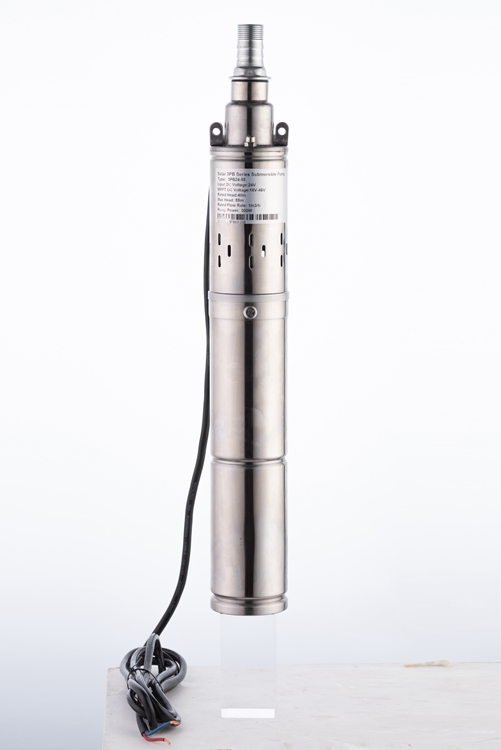
(screw pump)
In 1892, the American Worthington Company manufactured the oil pump for the world's first oil pipe (from Pennsylvania to New York).
In 1900, Harris made an air pressure pump.
In 1901, the American company Byron Jackson produced a deep well vertical turbo pump.
In 1902, Aldrich Pump Company of Allentown, Pennsylvania, USA manufactured the world's first reciprocating positive displacement pump.
In 1904, the American Byron Jackson Company produced a submersible motor pump.
In 1909, W. Gaede invented the rotary vane pump and obtained a German patent.
In 1912, Zurich, Switzerland, installed the world's first water-source heat pump system, which used river water as a low-level heat source for heating, and obtained a patent.
In 1916, Aldrich Company manufactured a motor-driven reciprocating pump.
In 1918, the American Byron Jackson Company manufactured a hot oil pump for the petroleum industry.
In 1923, F. W. Krogh proposed the structural principle of the rotary jet pump, which is also called Pitot pump. Subsequently, a closed Pitot pump was developed. Worthington Company manufactured the world's first centrifugal boiler feed water pump with a pressure of 770 bar (11165 psi).
In 1924, Durco of the United States produced a pump specifically designed for chemical processing.
In 1927, American Aldrich Company produced a variable-stroke multi-cylinder reciprocating pump.
In 1929, the Houttuin company of the Netherlands manufactured the first twin screw pump in Europe. Byron Jackson produced the double-shell feed pump used in the power plant.
In 1931, the Swedish IMO company invented and manufactured the three-screw pump.
In 1932, French engineer Moineau invented the single screw pump (also called Mono pump), which was made by the German PCM pump company.
In 1934, the Bownerman company designed and manufactured the external bearing twin screw pump. United produces high-pressure water and carbon dioxide jet pumps for oil recovery.
In 1936, Milton Roy Company invented a motor-driven metering pump. The gas ballast pump was invented.
In 1937, the American Ingersoll Rand Dresser Company (IDP) designed and manufactured a process pump that was radially separated and pulled from behind.
In 1942, the American Pacific Company manufactured a slurry pump for processing catalyst powder.
In 1946, the American HMD Company invented a magnetic pump.
In 1948, the American Byron Jackson Company produced a prototype of a tank pump for modern nuclear power generation.
In 1951, the American Byron Jackson Company manufactured the main feed pump for the first nuclear submarine, the USS Nautilus.
In 1953, the American Byron Jackson Company manufactured the recirculation pump for the Nautilus nuclear submarine. Durco company produces back-pull chemical process pump, which is the predecessor of ANSI standard.
In 1958, W. Baker of the Federal Republic of Germany proposed a practical turbomolecular pump for the first time, and various molecular pumps of different structures have appeared one after another.
In 1960, the American Byron Jackson Company manufactured submersible motor pumps used in underground liquefied petroleum gas storage facilities.
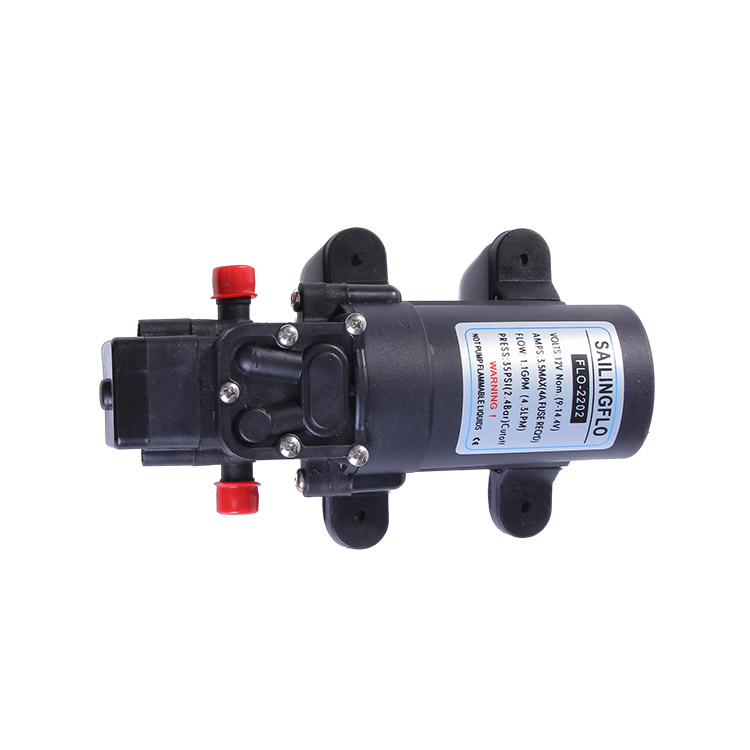
(dc water diaphragm pumps)
In 1961, the American Byron Jackson Company manufactured a coolant pump for the shaft seal of a nuclear power plant.
In 1963, the American LMI company invented an electromagnetically driven metering pump.
In 1965, the American WILLIAMS company invented the pneumatic metering pump.
In 1969, the United States Ingersoll Rand Dresser Company designed and manufactured the world's largest boiler feed pump with a power of 52,200 kW (70,000 horsepower). In the 1870s, Kobe Company manufactured commercial rotary jet pumps.
In 1972, American Pacific Company manufactured a forged nuclear reactor feed pump suitable for nuclear power generation.
In 1976, American Ingersoll Rand Dresser Company manufactured the world's largest vertical drainage pump so far, with a rated flow of 180,000m3/h.
In 1982, the United States Aldrich Company manufactured the world's largest power pump 2985kW (4000hp), which can pump the ground slurry through a 800-1600km (500-1000 miles) pipeline. Pacific company manufactures the world's largest water jet pump with a power of 17,900kW (24,000 horsepower).
In 1983, the American Byron Jackson Company manufactured a liquid sodium pump for the largest value-added nuclear reactor in the Clinch River in the United States.
In 1987, the American Byron Jackson Company manufactured a 1120kW (1500hp) submersible motor pump installed in the world's largest oil storage cavern.
In 1990, the American Byron Jackson Company manufactured the world's largest vertical cryopump installed in a helium extraction facility.
In 1992, the United States Ingersoll Rand Dresser Company designed and manufactured the world's largest pipeline pump with a power of 27,590kW (37,000 horsepower), driven by an air turbine engine.
In 2000, the American HMD company manufactured a shielded magnetic drive pump, which is a leak-free pump.
(Content comes from Zhihu)

